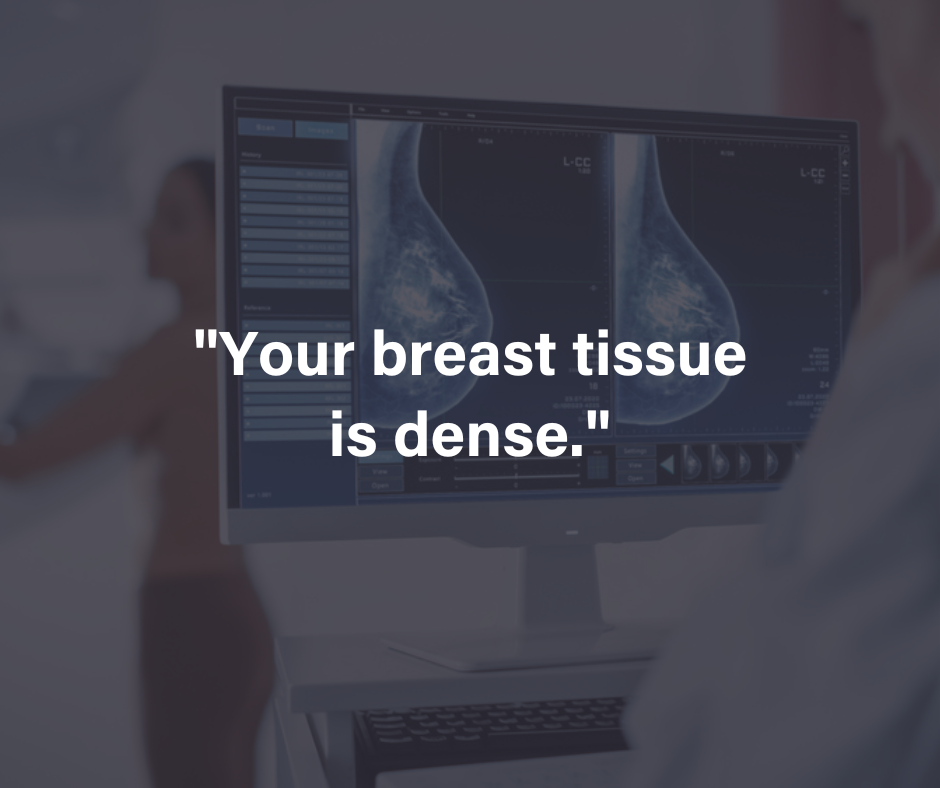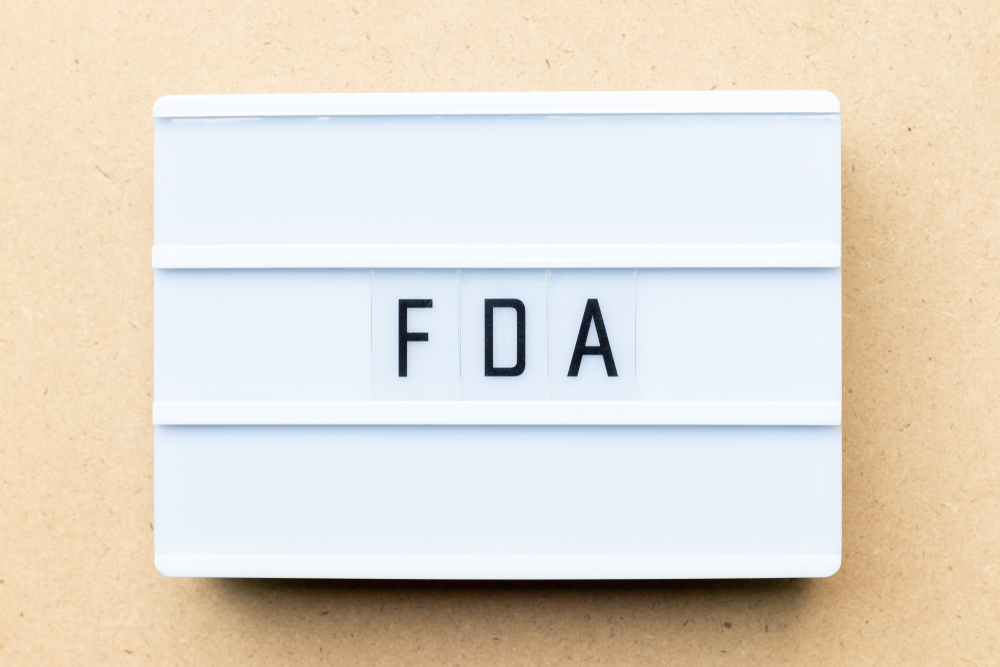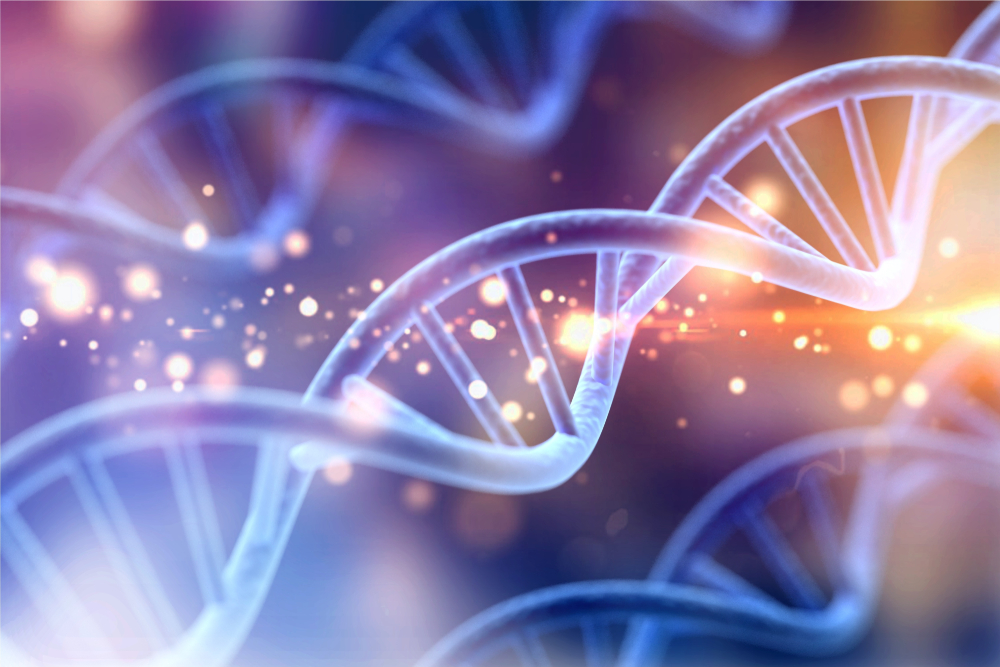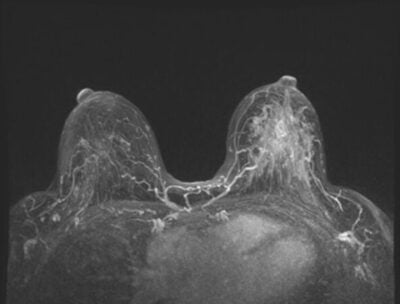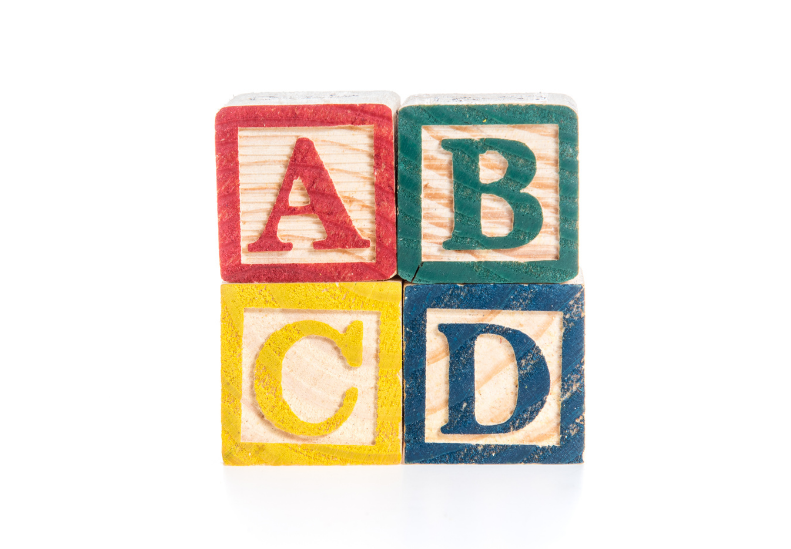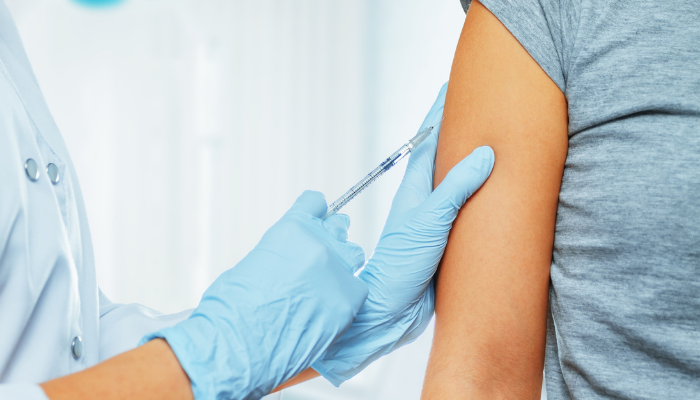Breast lumps can occur in both women and men and they are usually not cancerous, but they should never be ignored. Read on to learn more about the different types of breast lumps and discover the best plan to ensure optimal health outcomes.
Learn more about common women’s health issues.
Types of Breast Lumps: Benign vs. Malignant
Any breast lump can be classified as either malignant (cancerous) or benign (noncancerous). Since both benign and malignant breast lumps can vary in their presentation, it’s important to follow up with your healthcare if you have any doubts at all about the cause and type of your breast lumps.
Benign Breast Lumps: Characteristics and Types
About 80% of breast lump biopsies result in a benign finding. The most common types of benign breast lumps are:
Fibrocystic Changes
At least half (50-60%) of women develop fibrous lumps or small cysts in breast tissue, mammary glands, and ducts in response to hormonal changes during ovulation. Fibrocystic lumps usually become larger and more tender before menstruation and decrease after the period ends. Fibrocystic changes usually stop occurring after menopause unless you’re taking hormones.
Papillomas
Usually caused by the HPV virus, papillomas are small warts that may form in many parts of the body, including the lining of mammary ducts. Papillomas may cause a bloody or clear discharge from the nipples, but they often don’t require treatment or removal unless they cause discomfort due to positioning.
Fibroadenomas
Nearly all breast tumors in women under the age of 25 are attributed to fibroadenomas, firm and round lumps that move around the breast when touched. Though fibroadenomas can occur at any age, they are uncommon after menopause. Fibroadenomas are benign and usually painless, though they can cause tenderness.
Injuries
Injuries to the breast tissue can cause a benign lump called fat necrosis. This can also happen following surgery on the breasts.
Malignant Tumors in the Breast: Identifying Cancerous Lumps
Though most breast tumors are benign, sometimes they are more serious. Unlike benign tumors, malignant tumors continue to grow if undetected and may spread to other areas of the breasts or body through a process called metastasis.
Most malignant tumors are initially painless, hard lumps or thickenings, but sometimes nipple tenderness, changes, or secretions occur before a noticeable lump is present. Be sure to report any changes in size, texture, or shape of nipples or breasts to your healthcare provider, especially if they occur in just one breast, as this is a telltale warning sign of malignant breast tumors.
When detected in the earliest stages, malignant tumors are confined to the breast and are easily treatable, with a 5-year survival rate of nearly 99%. However, advanced breast cancer can spread to the lymph nodes in the chest, neck, or armpit, and is more difficult to treat.
Since benign and malignant breast lumps can behave in similar ways, the only way to get an accurate diagnosis is from a healthcare professional. Contact your doctor if you notice:
- New, firm lump in the breast or armpit area
- Changes to the skin on your breast including dimpling, puckering, or scaly skin
- Nipple changes or discharge
- Pain in just one breast
- Inverted nipples that are not normally inverted
Diagnosing Breast Lumps: Procedures and Tests
If your self-examination shows concerning breast lumps, your doctor might do the following to assess your breast cancer risk:
Breast examination
The first step is to schedule an appointment with your primary practitioner or gynecologist. Your provider will take a medical history and do a physical examination to learn more about the breast lumps.
Breast imaging
Unless the doctor can be 100% sure that the breast lump is benign, as with an injury or infection, they will likely want to view images of the breasts. This is done by mammogram, ultrasound, or MRI, depending on factors such as risk level and breast density.
Biopsy
If a breast lump is concerning, your doctor will order a biopsy. This means they will remove a small sample of the breast tissue and examine it in a lab to determine whether cancer is present.
Next Steps After Discovering A Breast Lump: Medical Consultation and Treatment Options
After you get a mammogram or biopsy, your doctor will send you the results, either by mail, phone call, or using a secure electronic patient portal. This letter will explain your results and will outline further steps that should be taken. If the breast lump is determined to be a malignant tumor, your healthcare provider will work with you to find the right course of treatment, which could include:
- Surgery to remove the malignant breast lump
- Radiation therapy
- Chemotherapy
- Hormonal Therapy
Take Charge Of Your Breast Health
Whether your breast lump is malignant or benign, the best course of action is early detection and treatment. Follow our women’s health blog for more information about breast lump detection, breast cancer treatment, and other women’s health issues.
Reference:
- https://www.acr.org/Clinical-Resources/Reporting-and-Data-Systems/Bi-Rads#:~:text=BI%2DRADS%20reporting%20enables%20radiologists,assessment%20and%20specific%20management%20recommendations.&text=The%20BI%2DRADS%20atlas%20includes,includes%20mammography%2C%20ultrasound%20and%20MRI
- https://www.komen.org/breast-cancer/facts-statistics/breast-cancer-statistics/survival-rates/#:~:text=For%20example%2C%20the%205%2Dyear,women%20in%20the%20general%20population


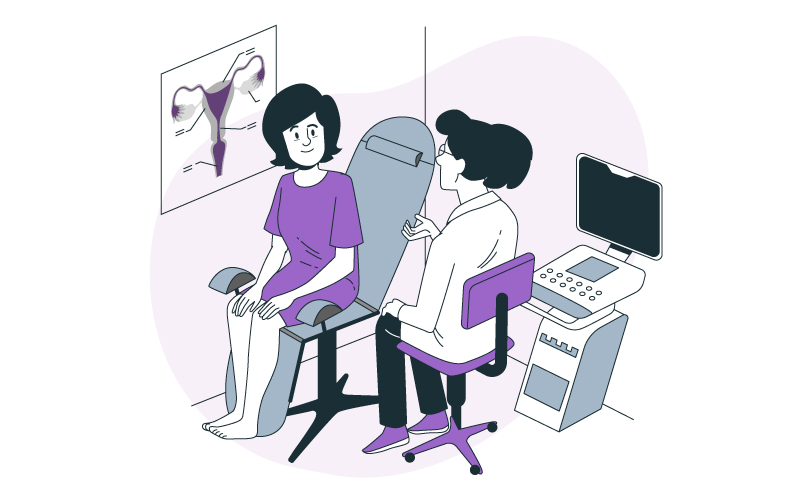





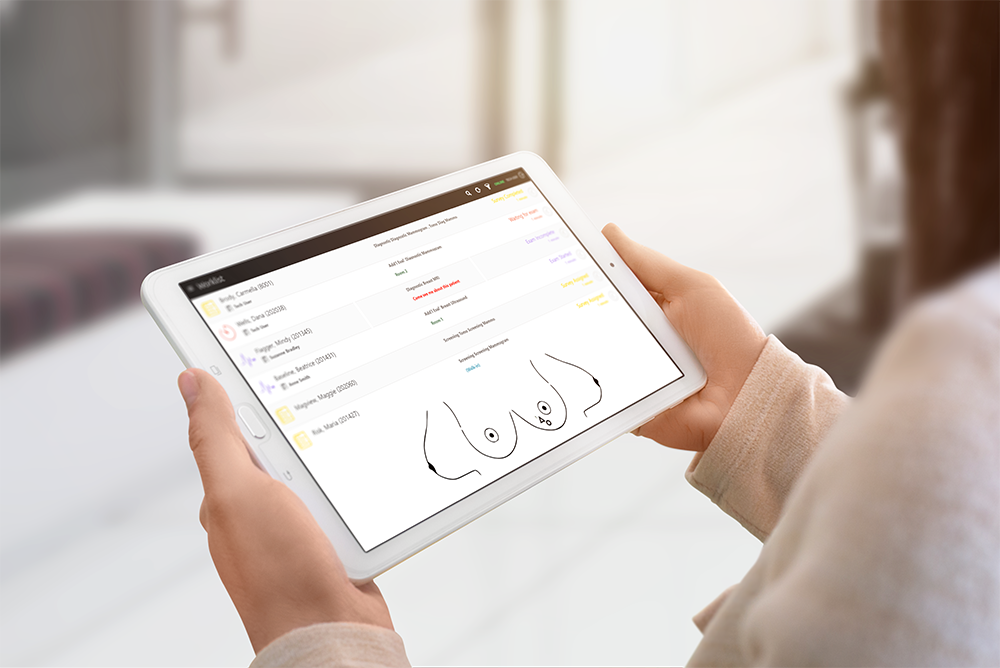

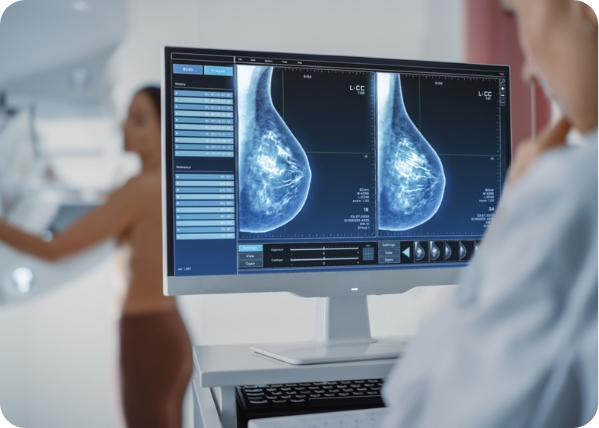


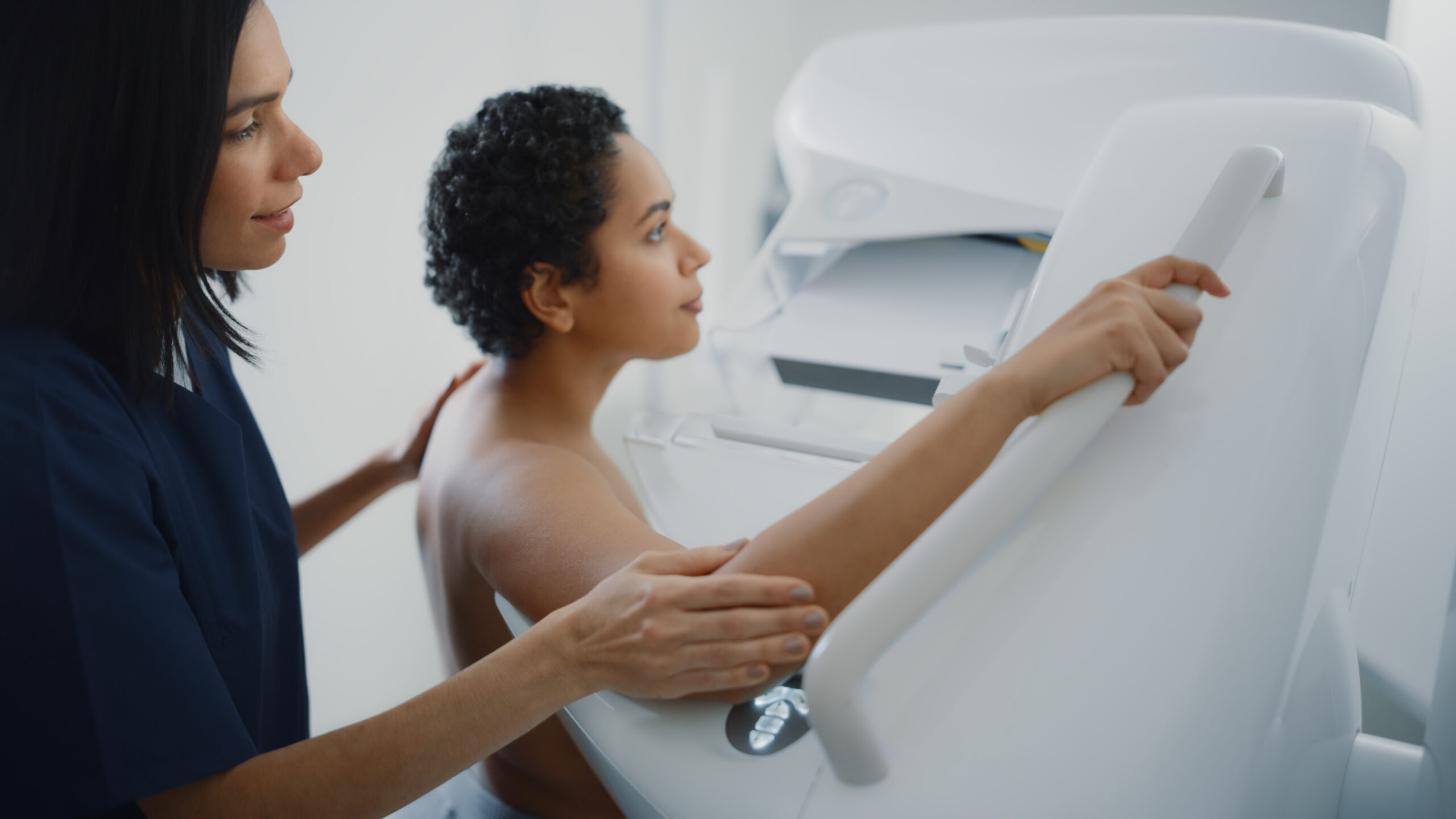
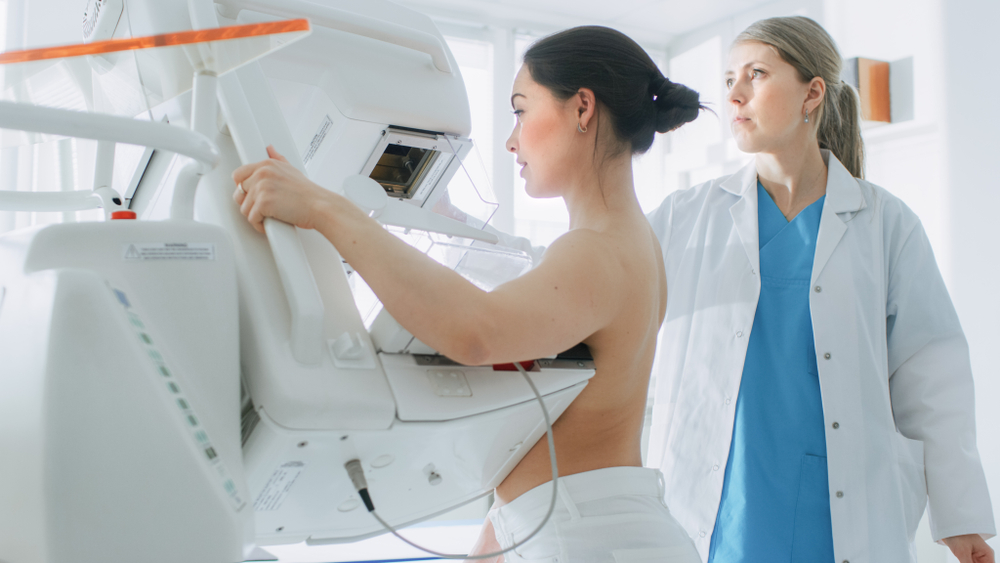
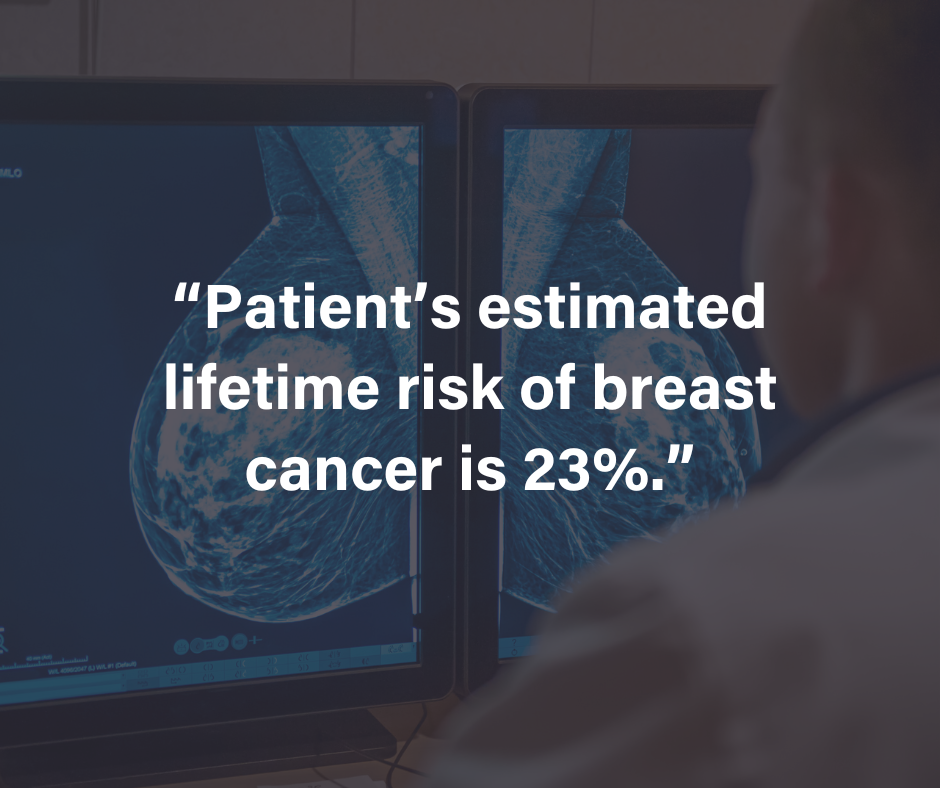

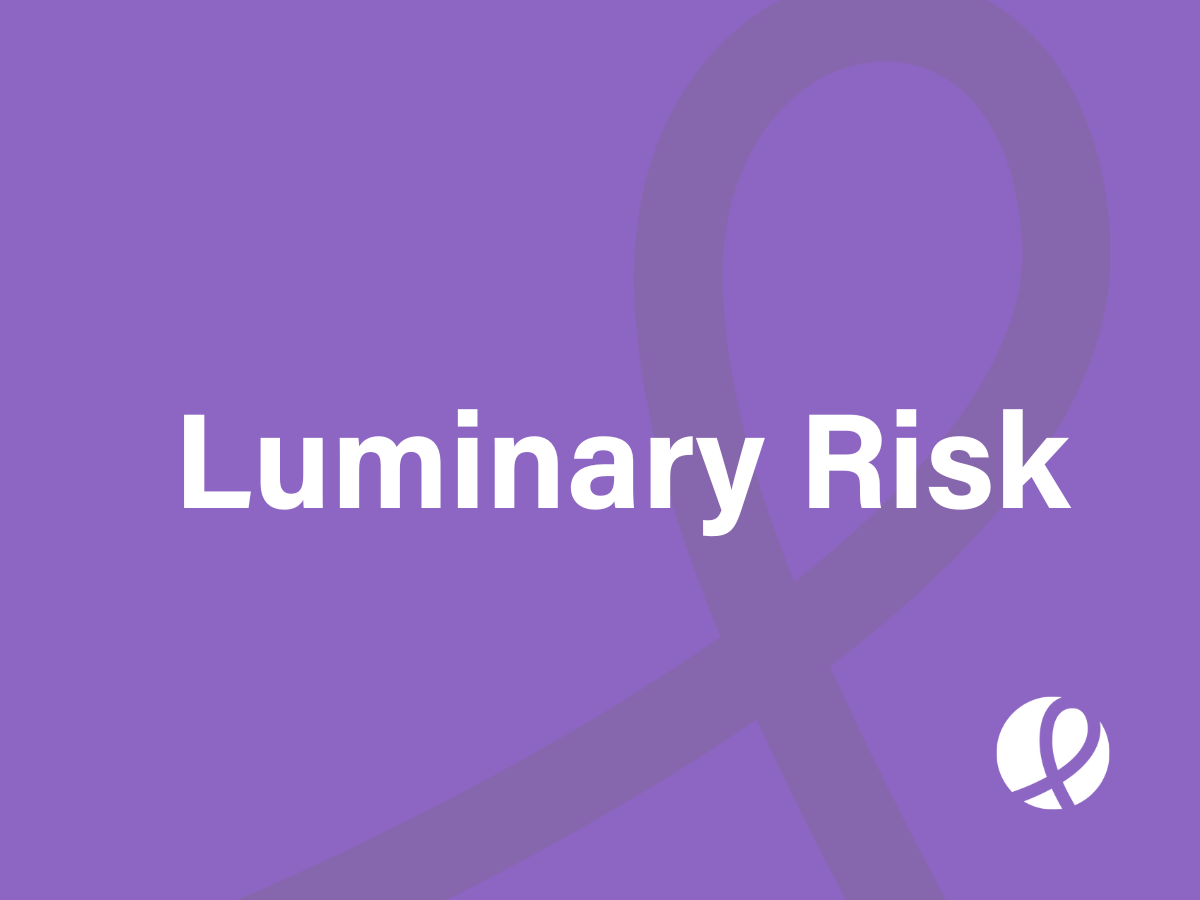





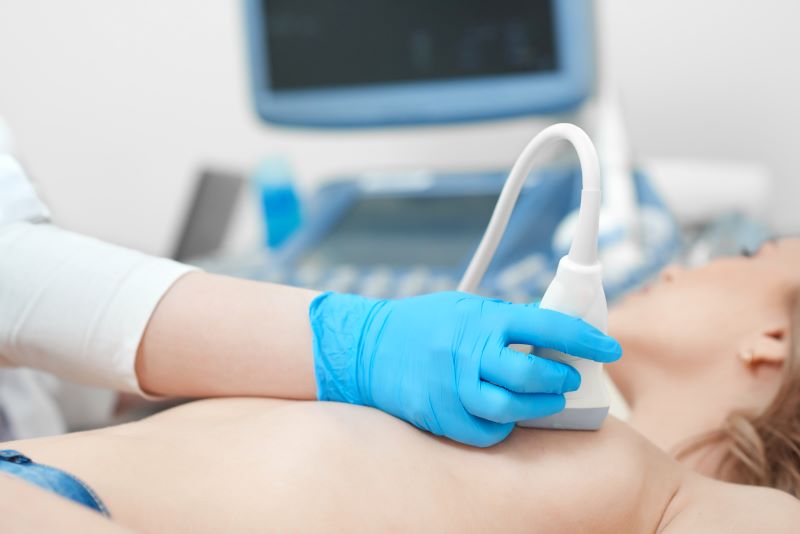
![monitoring breast density shutterstock_1299510538-[Converted]](https://magview.com/wp-content/uploads/2023/05/shutterstock_1299510538-Converted.jpg)

